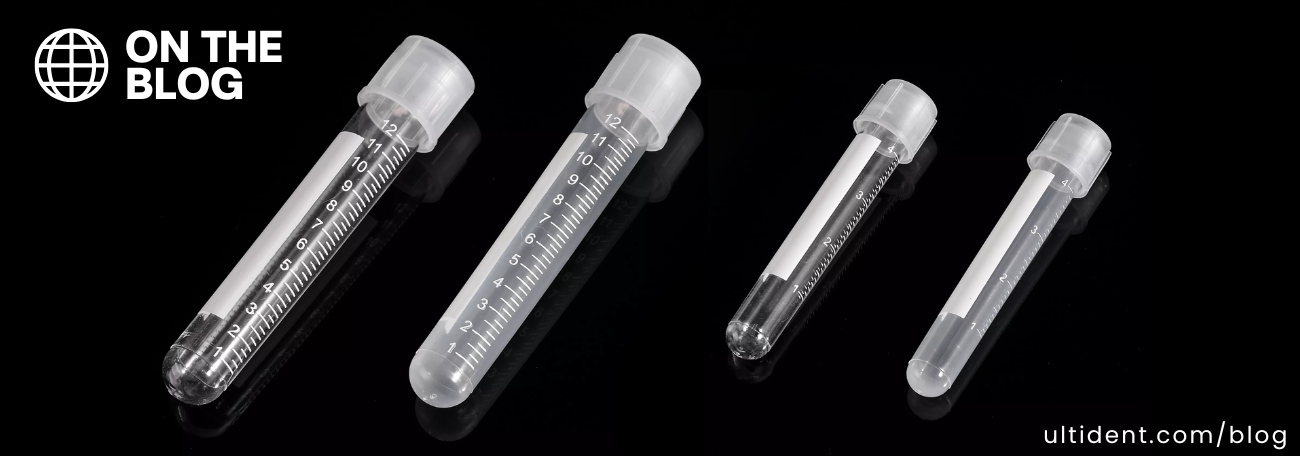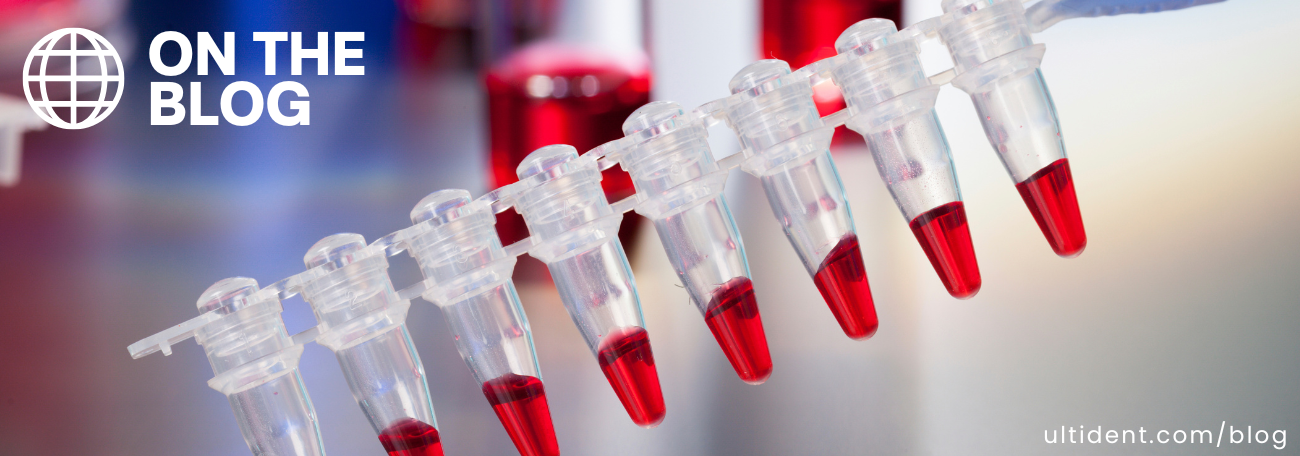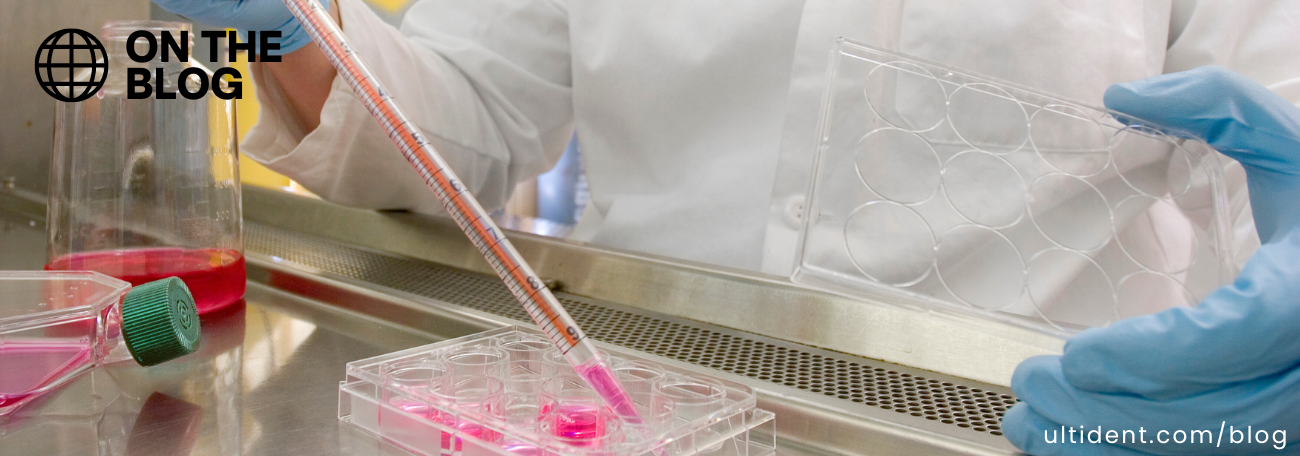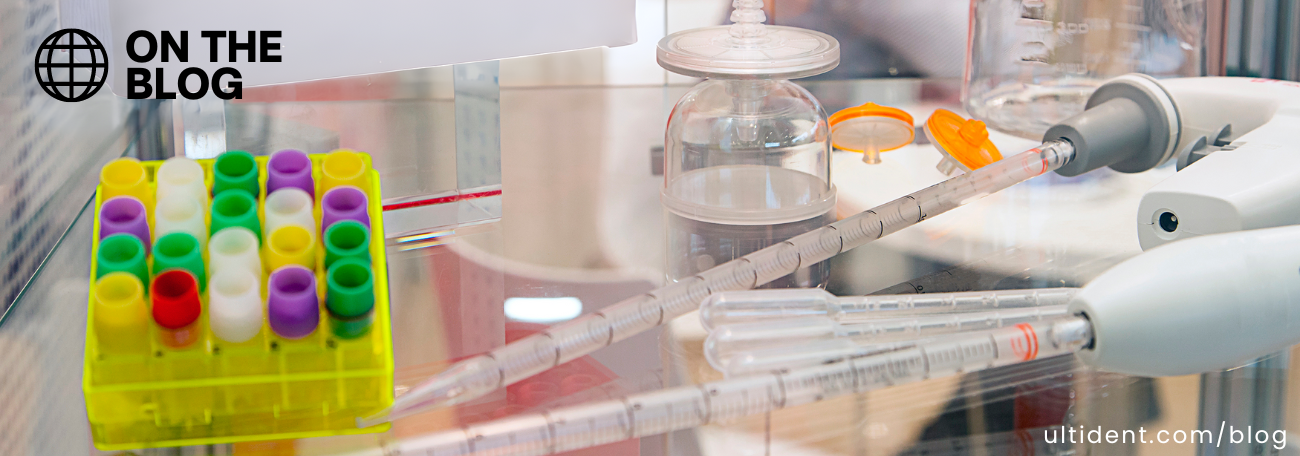Maximize Your Lab’s Potential With Proper Storage of Laboratory Supplies
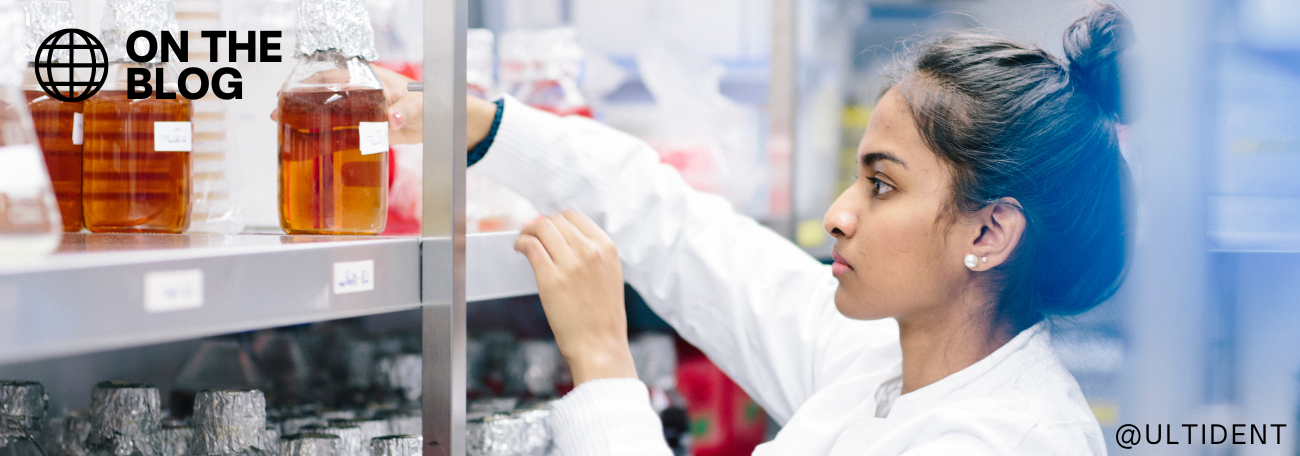

Maximize Your Lab’s Potential With Proper Storage of Laboratory Supplies
Have you ever had to deal with expired or contaminated laboratory supplies? If so, you know how frustrating it can be to repeat an experiment or waste time and money replacing your supplies. The solution is simple: proper storage. This article explores the importance of adequately storing laboratory supplies and offers tips for adequate storage and handling.
Why proper storage is so important:
1- Protect the integrity of your results:
When it comes to laboratory supplies, the key to achieving accurate results is not just in the quality of the supplies themselves but also in how they are stored. Incorrectly stored supplies can become contaminated due to exposure to dust, moisture, heat, and other environmental factors. Using contaminated supplies can produce inaccurate results or compromise the integrity of numerous samples and instruments.
2- Improve the safety of personnel:
Proper laboratory storage is crucial for ensuring the safety of everyone in your lab. Sharps such as needles, razor blades, and glassware can cause serious injury if not stored safely. Sharps containers that are correctly labelled and stored prevent accidental injury and reduce the risk of exposure to dangerous materials. Glassware should be stored in closed, uncluttered shelving, so it’s clean and easily accessible for everyday use.
3- Save money:
Proper storage of laboratory supplies and equipment not only ensures accurate results and safety but can also lead to significant cost savings and help extend the shelf life of your supplies. Unnecessary expenses resulting from replacing damaged or expired supplies or redoing experiments due to inaccurate results can be prevented by storing supplies and equipment properly.
4- Increase productivity:
When equipment and supplies are organized and stored correctly, they can be easily located and accessed. This helps to increase efficiency in the lab and reduces the amount of time spent searching for supplies (as well as the accompanying frustration!). Labelling and arranging items logically can also help reduce errors, improving the overall accuracy and productivity of benchwork.
Best practices for proper storage
Keep your lab clean and organized:
- Regular cleaning and organization can help reduce the risk of accidents, prevent contamination and improve efficiency by making it easier to locate and access necessary supplies.
- Proper labelling that includes essential information, like the contents of the container and expiration dates, is crucial to ensure easy identification and prevent confusion.
- Hazardous materials should be stored in a secure designated area that is clearly labelled and easily identifiable. This helps reduce the risk of accidents and ensures that everyone in the lab knows the potential danger.
Keep an inventory and rotate your stock:
- Keeping an inventory of your lab supplies can help reduce the risk of running out of essential materials and ensure that supplies are being used before they expire.
- Rotating your stock regularly and adopting the FIFO method (First In, First Out) also helps ensure supplies get used before they expire.
Store supplies in their original containers:
- To ensure that laboratory supplies are stored correctly, it is recommended to keep them in their original containers in a dry, cool place, away from direct sunlight. This ensures that the storage conditions are maintained as recommended by the manufacturer.
Take extra precautions with sterile supplies:
- Label sterile items clearly and keep them away from potential sources of contamination.
- If you need to transfer them to a different location, do so in a way that maintains their sterility.
- Label items clearly and follow manufacturer recommendations and established protocols within your lab.
Conclusion
Proper storage and handling practices should be part of lab safety training for all staff. By storing and handling laboratory equipment and supplies properly, you can help ensure accurate results, save time and money, and, most importantly, keep everyone in the lab safe - an investment that is well worth making!
Resources
https://afns-safety.ualberta.ca/biosafety/safe-handling-of-laboratory-equipment/
https://blog.universalmedicalinc.com/laboratory-supply-storage-may-be-just-what-you-need/
https://www.labtechsupplyco.com/proper-ways-to-store-laboratory-glassware/
https://academic.oup.com/clinchem/article/69/1/9/6855138?rss=1

